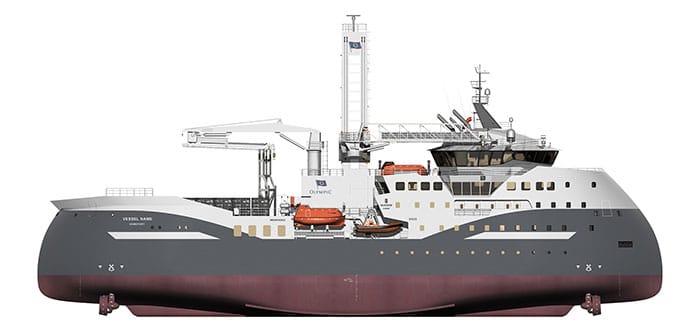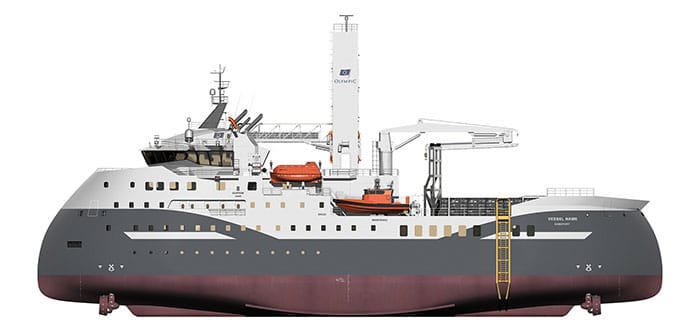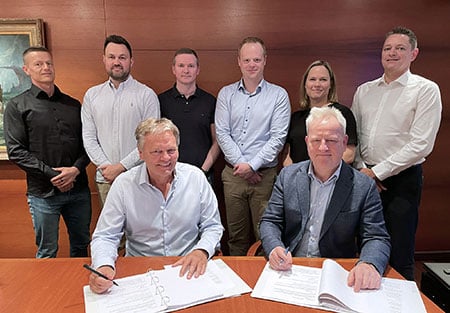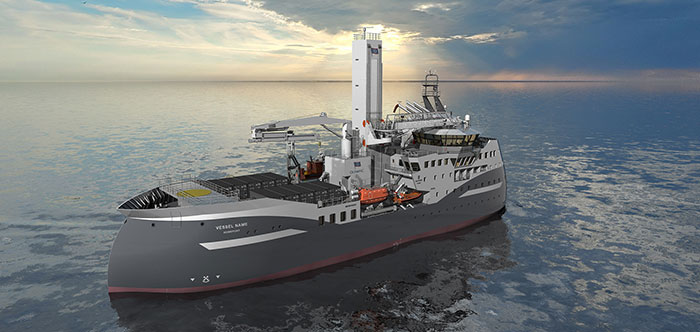KUALA LUMPUR: Malaysian Maritime Enforcement Agency (MMEA) personnel have gained immensely from a training exercise off the Kuantan coast recently with Japan Coast Guard’s (JCG) training vessel “Kojima”, especially in handling emergencies involving foreign vessels.
The Search and Rescue Communication Exercise (SARCOMEX) on July 6 was crucial in view that Malaysian waters are an important passage for economic transportation to the Southeast Asia region, according to the Japanese Embassy in Malaysia.
SARCOMEX was made possible through JCG joining hands with MMEA’s Maritime Rescue Coordination Centre Putrajaya (MRCC), it said in a statement today.
The exercise was conducted at the MRCC Putrajaya with “KOJIMA” off Kuantan at sea with both parties contacting one another as a communication exercise for the rescue operation.
“This exercise improves MRCC personnel’s confidence level in handling emergency situations involving foreign vessels,” he told Bernama today.
“Coordinated by the Japan International Cooperation Agency (JICA), SARCOMEX improved my communication skills and gathering information techniques when conducting a search and rescue mission,” he added.
The Embassy of Japan said the training vessel “Kojima” departed from Japan at the beginning of May this year and navigated through the Pacific Ocean to San Francisco, Honolulu, and Singapore to provide training for cadets of the Japan Coast Guard Academy.
SARCOMEX was carried out during Kojima’s return journey to Japan from Singapore and the exercise improved the capabilities of Search & Rescue (SAR) activities for maritime safety and deepened the mutual relationship between JCG and MMEA.
All these have been made possible largely due to Japan’s move to expand cooperation with Malaysia beyond bilateral relations and further promote security and maritime safety cooperation as well as capacity building.
Mohd Ridhaudden said: “SARCOMEX prepares MRCC personnel to stay ready and vigilant to any call that requires assistance, locally and abroad.”
“This is because the call can originate from Malaysia or even other countries, which is why it requires MRCC personnel to enhance their communication skills capabilities in handling emergency calls.”
Providing details of the exercise, another participant, Sub Lieutenant Maritime Rezzal Muhammad Hazmi, also from MMEA, said the training simulated MRCC Putrajaya receiving distress alerts from a Japanese vessel My Umimaru, in which one crew member needed immediate medical assistance.
‘Kojima’ coincidently is nearby the location given and hence MRCC Putrajaya requested JCG to join the SAR operation on the scene.
He said the purpose of the exercise was to oversee the coordination between MRCC Putrajaya and the JCG vessel in rescuing the victim. This exercise involved 4 JCG officers and 4 MRCC personnel.
Commander Ryosuke Tateishi, a JICA expert dispatched to MMEA from JCG, said that the exercise would certainly upskill the capabilities in preparation ahead of any calamity at sea, especially in Malaysian waters, which is an important passage for economic transportation to the Southeast Asia region.
“Our cadets together with MRCC Putrajaya had undergone a ‘role play’ for distress at sea exercise, where we had focused on maintaining the communication lines to synchronise with the movement of people involved in the rescue, an integral part of any rescue exercise,” he said.
Japan has supported the capacity building of Malaysian coast guard officers since MMEA was established in 2005, where Japan’s coast guard officers now serve as instructors to provide training.
Former Japanese Prime Minister the late Shinzo Abe, who visited Malaysia in March as a special envoy of Prime Minister Fumio Kishida, had said it would be
meaningful for both countries to further promote security and maritime safety cooperation as well as capacity building.
He had said that this would contribute to the realisation of a ‘Free and Open Indo-Pacific (FOIP)’ and the ‘ASEAN Outlook on the Indo-Pacific (AOIP)’ to secure peace and prosperity in the region and the international community. – Bernama
Source: https://www.nst.com.my/news/nation/2022/07/814114/mmea-personnel-gain-valuable-experience-kojima-training-vessel









